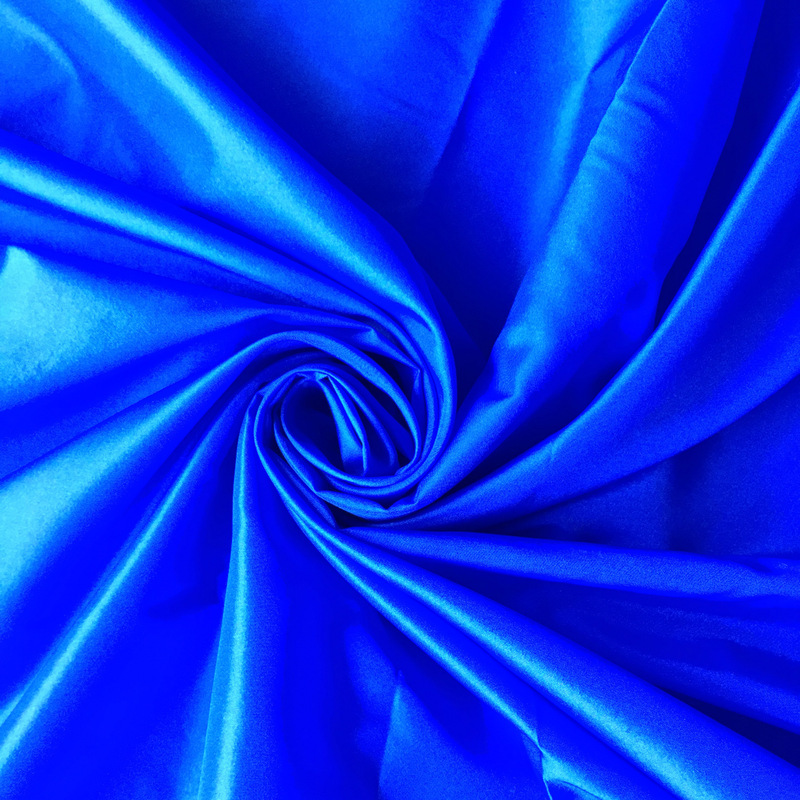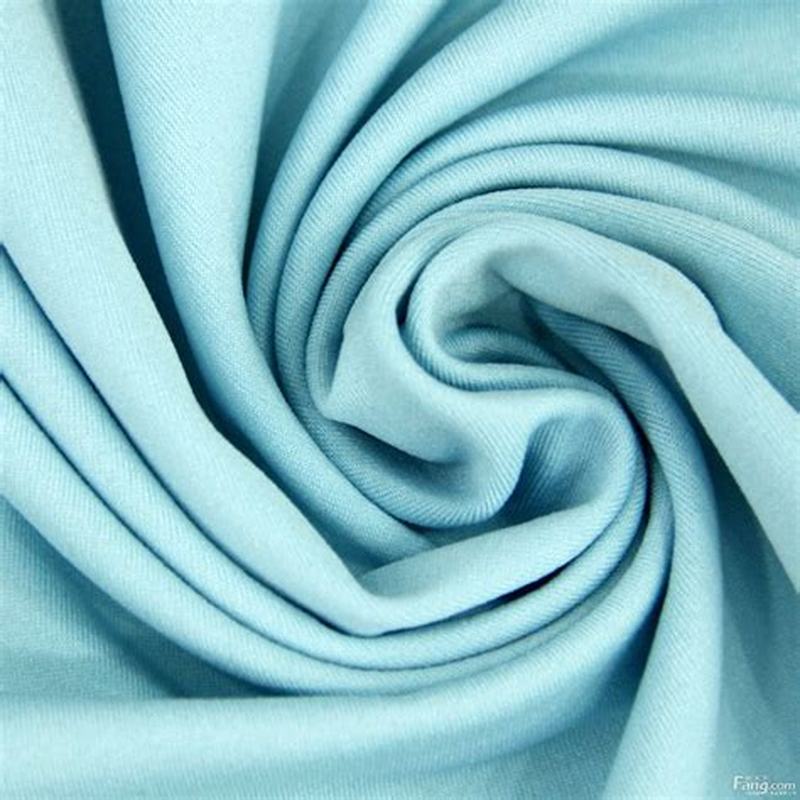Choosing the right fabric determines how your swimwear looks, feels, lasts—and how gentle it is on the planet. Below we expand 2025’s top five fabrics by comfort, printability, UV protection, durability, and sustainability so you can pick the best eco-friendly swimwear materials for your collection or brand. For a broader look at available textiles, see Tideline’s fabric library and hardware references.
What You’ll Learn (Quick Overview)
Core pros/cons for Nylon, Polyester, Elastane, PBT, Neoprene/Yulex—plus where each excels.
How blends (e.g., 80/20 with elastane) improve print quality and fit.
UPF ratings and what really blocks 98% of harmful UV rays.
Thermal performance: when to choose neoprene vs. plant-based Yulex for warmth with a lower footprint.
1) Nylon: The Lightweight Classic
Overview: Nylon (polyamide) is smooth, light, and widely used for fashion swimwear.
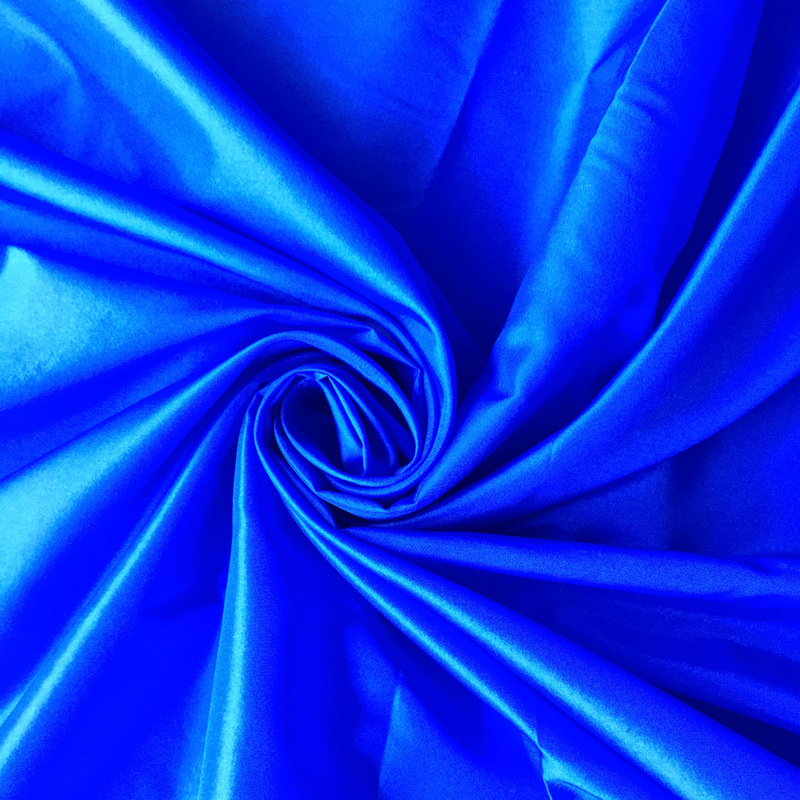
Benefits: Excellent stretch/recovery, quick-drying, soft handfeel.
Watch-outs: Lower chlorine resistance; elasticity can drop with UV/chemicals—blend with elastane for performance.
Best for: Recreational & fashion-forward silhouettes needing drape and saturated prints (nylon absorbs inks well).
2) Polyester: The Long-Lasting Performer
Overview: Durable, colorfast, and increasingly available in recycled variants—an anchor of eco-friendly swimwear materials.
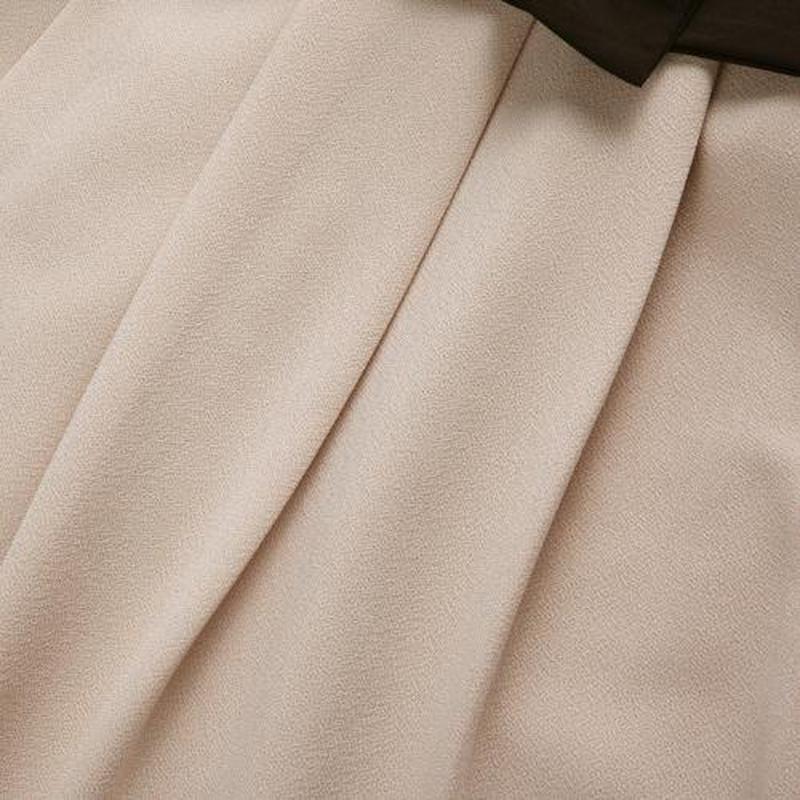
Benefits: Excellent chlorine & UV resistance, superior color retention; recycled polyester supports sustainability goals.
Watch-outs: Less stretchy alone—pair with elastane for comfort and shape.
Best for: Training/competition suits and bold, high-contrast prints that must endure.
3) Elastane (Spandex/Lycra): Built-In Flex
Overview: Elastane delivers the “second skin” fit. Most modern swim fabrics blend 10–20% elastane with nylon or polyester to balance stretch, recovery, and print quality.
Benefits: Can stretch up to 5× its length; body-contouring fit.
Watch-outs: Sensitive to chlorine and some sunscreens—why blends and proper care matter.
Blend tips for printing: Nylon 80% / Elastane 20% yields sharp, deep colors; polyester blends often need 15–25% elastane for print durability.
4) PBT (Polybutylene Terephthalate): The Pro’s Choice
Overview: An engineered polyester variant prized for shape retention and chemical resistance—ideal for heavily chlorinated pools and frequent training.
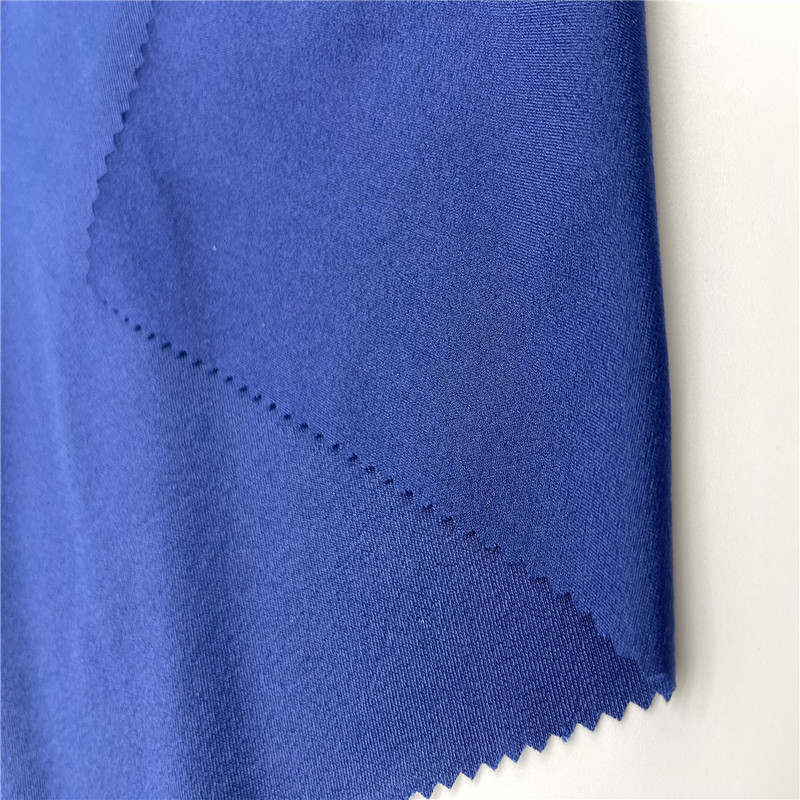
Benefits: High chlorine & UV resistance; long-lasting elasticity; consistent fit even after repeated sessions.
Watch-outs: Slightly heavier handfeel.
Best for: Performance swimwear that must hold shape and graphics through hundreds of hours in pools.
5) Neoprene & Yulex: Style, Warmth—and Sustainability
Overview: Neoprene originated in wetsuits and brings sculpting, insulation, and runway-ready structure to fashion swimwear; Yulex is a plant-based, lower-carbon alternative with similar warmth and flexibility.

Neoprene benefits: Excellent shaping/support; thermal insulation via tiny air pockets; great for cooler water and statement silhouettes.
Yulex edge: Natural-rubber alternative with up to ~80% lower CO₂ versus conventional neoprene production while maintaining durability and flexibility.
Fit notes: Snug patterning minimizes water ingress and preserves warmth; mix thickness (e.g., 4–5 mm legs, 2–3 mm upper) to balance buoyancy and mobility.
UV Protection: Reading UPF the Right Way
Standard fashion knits can be surprisingly weak when wet or stretched (some as low as UPF 4–8.6). Aim for UPF 50+ fabrics that block 98% of harmful rays. Dense, dark/bright shades, tight knits, and specific treatments dramatically improve protection.
UPF scale: 30–49 = very good; 50+ = excellent (≈98% blocked).
Material effect: Polyester often starts with a higher base UPF (≈25–39) thanks to UV-absorbing structures, while nylon needs tight weaves/treatments to reach UPF 50+.
Design effect: Loose fits reduce stretch-through and preserve protection; quick-dry and high-recovery blends keep ratings more stable when wet.
Printing & Color: How Fabric Choice Shapes Results
For custom prints, fabric composition and pre-treatment are decisive. Modern swim bases typically use 80–90% nylon/polyester with 10–20% elastane. Pre-treat levels, temperature control (e.g., keeping below ~285°F to reduce dye migration), and four-way stretch all influence clarity and colorfastness.
Nylon-elastane (≈80/20): Deep, sharp prints popular in women’s fashion swim.
Polyester/PBT blends: Superior chlorine resistance with vibrant, enduring color—great for teams and clubs.
Advanced tech: Digital & sublimation workflows drive speed and permanence; proper coating/heat fixation yields wash-durable designs.
At-a-Glance Comparison
Fabric | Stretch | Chlorine/UV | Comfort | Printability | Eco Options | Best For |
|---|---|---|---|---|---|---|
Nylon | High | Medium | High | Excellent depth/absorption | Recycled nylon (select lines) | Fashion swimsuits, rich prints |
Polyester | Medium (blend to improve) | High | Medium | Very good; superb colorfastness | Recycled polyester | Training/teams, long-term color |
Elastane (blend) | Very high | Lower alone | High | Enables crisp prints via recovery | — | Fit/comfort across categories |
PBT | Medium | Very high | Medium | Excellent for competitive graphics | Recycled polyester inputs possible | Pro performance, longevity |
Neoprene/Yulex | Low-Medium | High | Medium | Good (thicker base; choose solid/blocked) | Yulex (plant-based, lower CO₂) | Thermal/fashion structure, cold water |
How to Choose the Right Fabric (By Need)
Casual & Beach
Nylon/elastane blends feel soft, stretch beautifully, and flatter—look for higher elastane for sculpt.
Training & Clubs
Polyester-PBT rules for chlorine/UV endurance; seek “chlorine-resistant” tags.
Open-Water & Cool Climates
Neoprene or Yulex for thermal insulation; ensure snug fit to reduce flushing and preserve warmth.
Eco-Priorities
Favor recycled polyester, recycled nylon (where available), or Yulex for lower impact; verify claims and certifications where possible.
UV-Sensitive Users
Choose UPF 50+ fabrics in darker/bright shades with tight knits; avoid excessive stretch.
Care Tips That Prolong Life (and Sustainability)
Rinse promptly after pool/ocean; chlorine and salt accelerate fiber fatigue.
Air-dry in shade; high heat can cause dye migration and degrade elastane.
Avoid harsh sunscreens on fabric panels high in elastane; use gentle detergents.
Work With Tideline
Need samples, print trials, or a sourcing plan for eco-friendly swimwear materials? Contact Tideline for wholesale options, fabric curation, and brand-ready guidance—or browse our fabric library to explore textiles and hardware.
Internal Linking Suggestions
FAQs
Q1: Which fabric balances eco-friendliness and durability?
Recycled polyester/PBT blends offer high chlorine/UV resistance with a lower footprint; Yulex is a strong eco alternative for thermal needs.
Q2: What blends are best for crisp, long-lasting prints?
Nylon 80/Elastane 20 for deep, sharp colors; Polyester with 15–25% elastane for durable sublimation/heat-set results.
Q3: How do I ensure real sun protection from fabric?
Look for UPF 50+ labels, dense knits, dark/bright colors, and blends that retain protection when wet/stretched.
Q4: When should I choose neoprene vs. Yulex?
Pick neoprene for sculpting/thermal structure; choose Yulex for comparable warmth with significantly lower CO₂ impact.
Q5: Any quick fit tip?
For thermal or performance suits, ensure a snug fit to limit water ingress and maintain warmth/UPF performance.
About the Author
Tideline Swimwear Editorial Team — We specialize in wholesale swimwear development, fabric sourcing, and print engineering for global brands. For project consulting or sampling, get in touch.
Updated: November 5, 2025 (PST)
